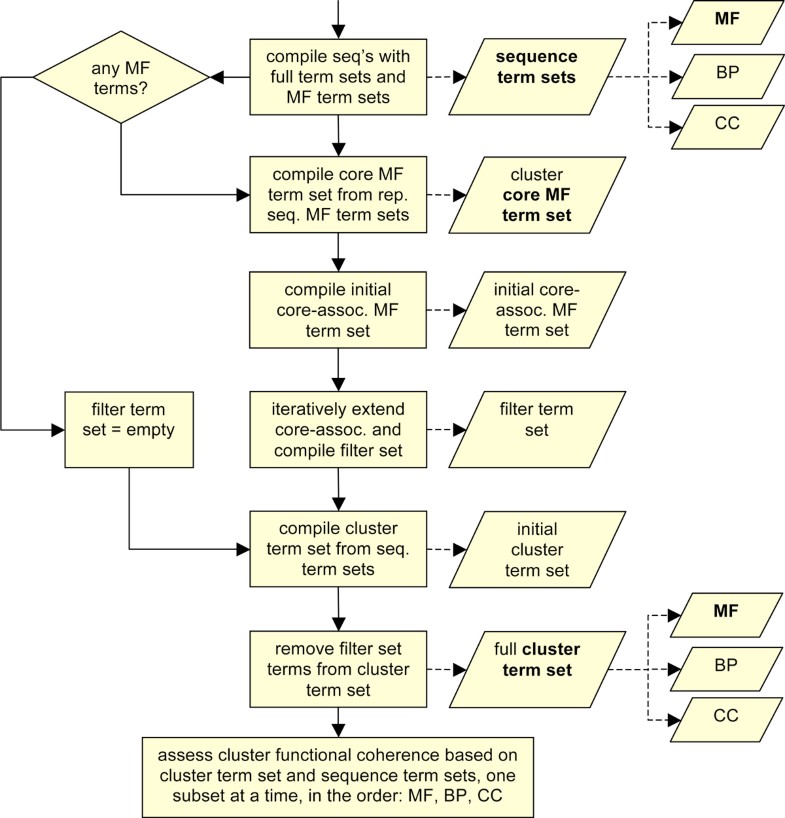

One way to think about protein adaptation to different environments is to think in terms of the rich phase diagrams that proteins have ], and how they can be altered by protein evolution ] subject to physico-chemical constraints. For example, enzymes in thermophilic organisms have evolved to function at high temperature, but often function less well at room temperature because they become too rigid ]. For one thing, functional motions require flexibility, and extreme stability can be counterproductive in that regard. Proteins (and other biomolecules) rarely exist under conditions that maximize their stability ]. UCST, upper critical solution temperature PSD-95, postsynaptic density protein, 95 kilodaltons (also known as SAP-90 = synapse-associated protein 90) LLPSR, liquid–liquid phase-separated region GAPDH, glyceraldehyde phosphate dehydrogenase ANS, 8-anilinonaphthalene-1-sulfonic acid


 0 kommentar(er)
0 kommentar(er)
